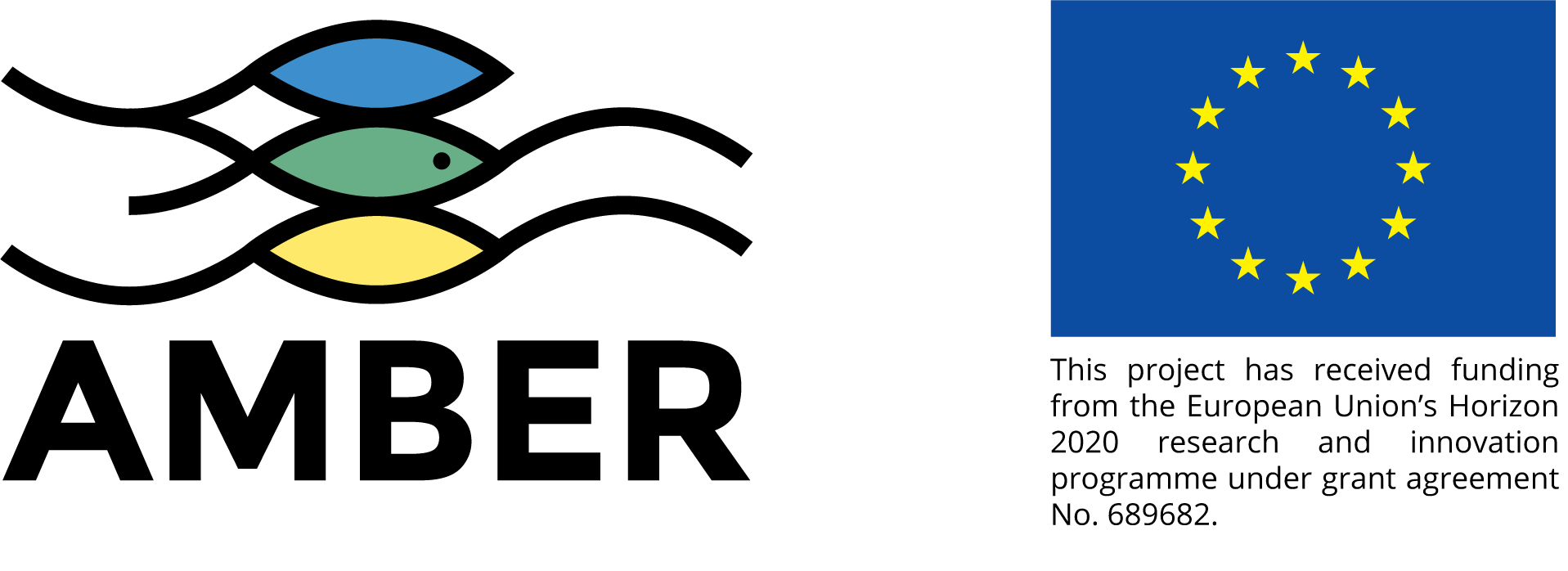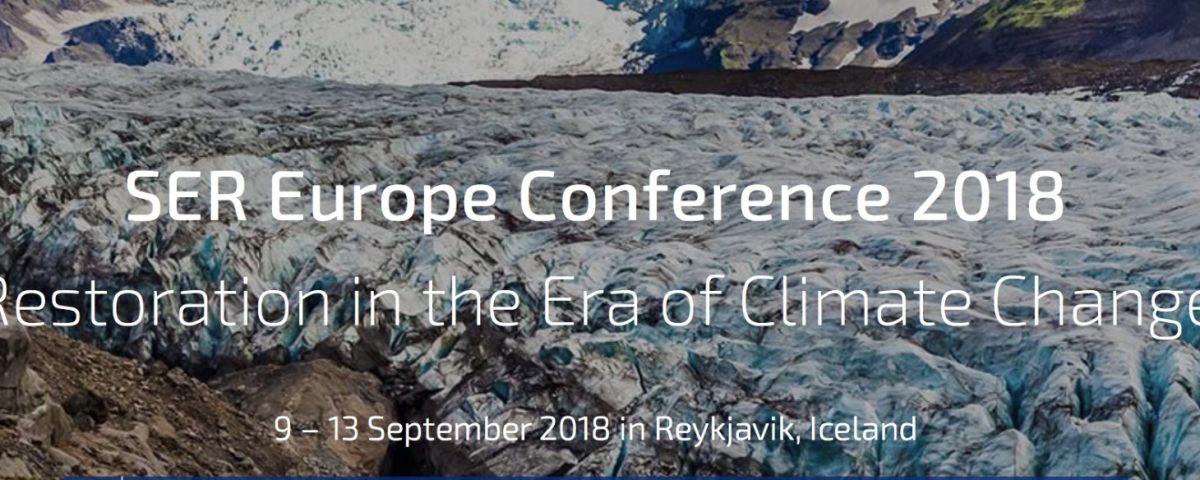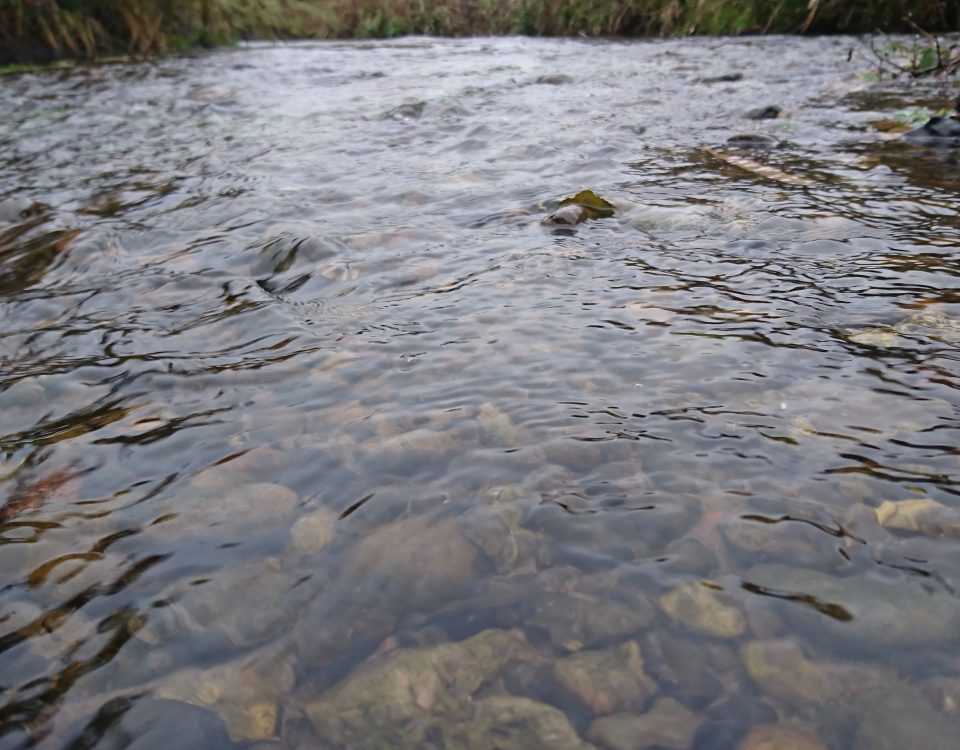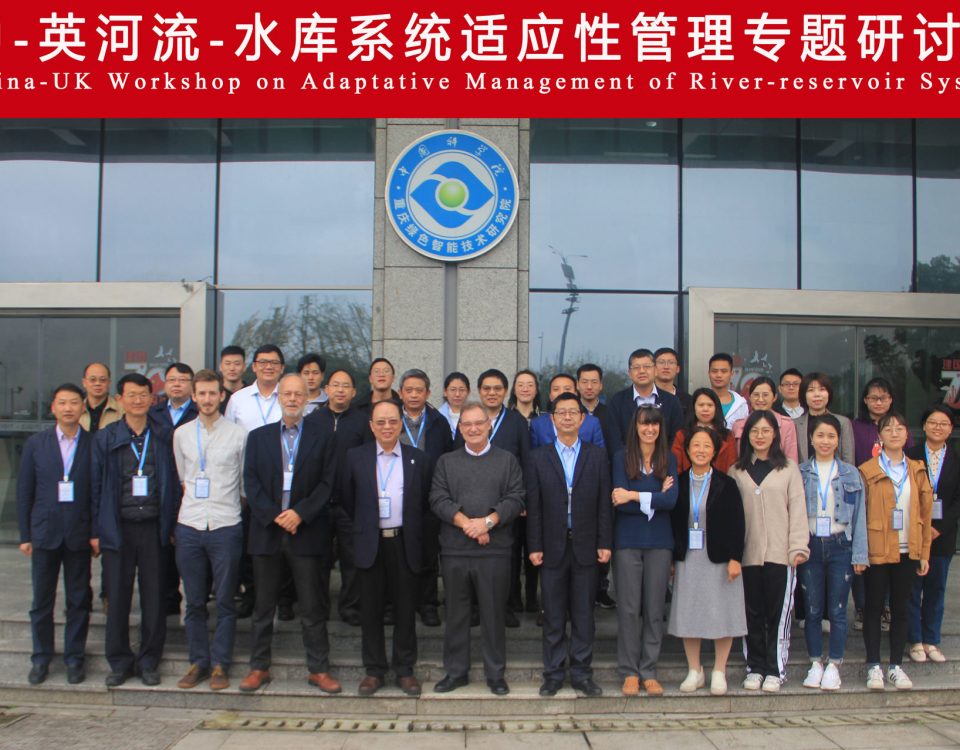
How the AMBER Citizen Science project will make a difference in Scotland.
October 15, 2018
Creating local “AMBERssadors” in Spain
October 24, 2018River Restoration Workshop, Society for Ecological Restoration (SER) Europe 2018
In September, Josh Jones from Swansea University ran a workshop at the Society for Ecological Restoration Europe conference in Iceland. The conference brought together policy makers, researchers and practitioners involved in habitat and ecosystem restoration. We hoped to utilise this coming together of different disciplines to discuss the challenges and opportunities to restoring river connectivity. During the workshop attendees representing institutions from Belgium, Portugal, France, Canada, Israel and Ghana shared their experiences on dam removal, monitoring, reference conditions and citizen science.
The first topic of discussion focused on the challenge of a lack of reference rivers against which to compare restoration efforts e.g. rivers free from anthropogenic impacts. Attendees gave examples of many sources of reference conditions both current and historical. Possibilities for present day reference conditions came from Canada where impacts are often documented because of their age and France where a network of monitoring stations has recently been developed by Irstea. Historical reference conditions included diary notes on the presence of habitat features and species, detection of meanders in soil map data, timeseries aerial photography, satellite imagery and vegetation mapping, church parish records of fish species presence dating to the 17th century, records of overfishing of salmon and dam impacts in France dating back to the 13th century and interviews with previous inhabitants of a valley that is now dammed in Ghana. An additional challenge noted by one attendee was that not all fragmentation was necessarily bad – for instance novel environments created in such situation may provide ideal conditions for threatened species and the barriers which create these environments may halt the spread of invasive upstream. Whilst it was also pointed out that removing a physical barrier does not always equal success as there may be other limiting factors, such as physio-chemical barriers, preventing recolonization. These examples highlighted the issue determining reference condition applicability and the thresholds for establishing suitable reference sites depending on the system being monitored. It was also noted that rivers are naturally evolving environments, so it is important to understand the importance and relevance of all available data source to make the most informed decision possible.
The discussion soon turned to opportunities to enhance river restoration efforts with citizen science and engagement examples from France, Switzerland, Israel and AMBER’s Barrier Tracker app. Examples of citizen science put forward from France and Switzerland detailed it’s use to identify and record changes in hydrology in times of decreases rainfall and subsequent increases in extraction for irrigation purposes. The Sélune dam removal, a well-known case of dam removal, was noted for its standardised photo database dating back to 2003 which is supplemented by postcards which picture the Sélune river before dam construction. Examples empowering citizens from the outset such as restoring pond connectivity in Israel and dam removal on the Sélune river in France demonstrated that such efforts can make all the difference in a project’s success in terms of getting a community onboard. Further examples of opportunities highlighted the readiness to take up an opportunity to conduct restoration work or monitoring when it presents itself. At the end of the workshop the group discussed the power of a ‘domino effect’ that should not be underestimated in its ability to spur other organisations onto doing similar work. Attendees were very complimentary of the workshop.

Written by
Josh Jones
Swansea University




